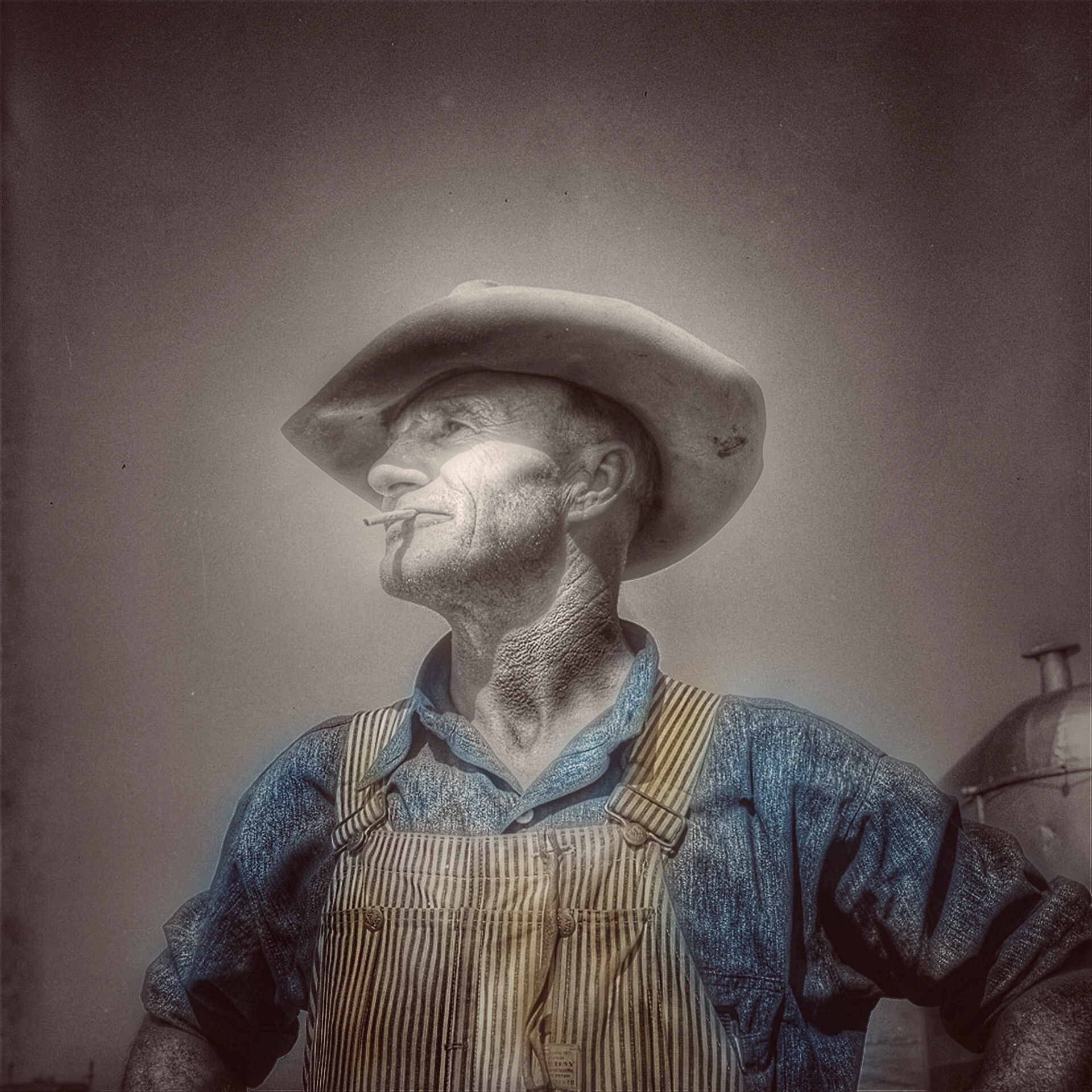It’s surprising how quickly we make determinations of people, given little or no supporting facts. What is it that determines a positive or negative viewpoint of strangers?
Author Kendra Cherry describes going beyond a few attributional styles when describing “Person Perception”. She shows our impressions are subjective, based upon a person’s appearance, the setting, our beliefs, and personal history. Given these factors, it appears we are in an active decision-making mode, weighing judgments of each new person we meet.
In a study with 128 participants, Two psychologists, Janine Willis and Alexander Todorov surveyed First Impressions. Within the study, participants gave their first impression as photos of men and women flashed before them at high speed. They reviewed five areas of perception:
1. Attractiveness
2. Likeability
3. Competence
4. Trustworthiness
5. Aggression
The results proved each participant could make judgments within 100 ms (1/10th second). More review time (1000 ms) made no difference as the first 1/10th second locked in the impressions.
My Humorous Faux pas of Misperception
In the early 1980s, I had a commercial photography business in Louisiana. One morning on the way to a job, an 18-wheeler hit me from behind. My company went away, and it took me a year and a half to recover.
When I could work again, I took the first job available selling cars at a Buick dealership. While not especially proud of the position, it brought an income for my family and provided training. Training was how to “The Real People” and overcome their objections when making a deal. They had a saying:
“Anyone that shows up on a rainy day is a buyer.”

One warm, sunny day an old man arrived in an early 1960s pickup truck with a big cage around the truck bed. Out of the cab stepped the old guy in bib overalls. As he meandered around the lot looking like he’d never seen civilization before, my first impression was this guy was going to waste my time.
He seemed like a nice old guy — but not a buyer. He said he wanted a car to take his wife to church. I was a little more open to him. I liked the Buick Park Avenue cars, and I could sell them well. After some time, he found one he liked. He asked if we take trades and I said, “Yes. How much do you want for your old truck?” He said, “Oh, I’m not letting my old truck go. My trade is in the back.”
Curious, I walked over to the truck and inside the cage was a… pig… a BIG pig. My doubts resurfaced, and I just knew I was going to be the laughing stock of the dealership for the next month.
A Happy Conclusion
Moving forward to the end of this story, the old man had $10,000 in cash, and he paid the rest with a check. His financial check showed he was worth was well over $11 million. I was wrong. I initially allowed biases I wasn’t even aware of to get in the way.
This experience was a learning opportunity for me. I gave the old man a good deal, plus an extra discount to keep his pig.
What were we going to do with a pig?
I followed him to his farm driving the new Park Avenue; another salesperson followed to bring me back. Our biases can impede our perceptions of the people around us. The actual value of those experiences comes when we recognize the error, opt to be kind to those around us and be a force for positive change.


